[EN] #RememberFebruary9th ! SteemSTEM Meetup at CERN and a DIY particle detector
Hi everyone!
Today I am going to tell you about the first SteemSTEM meetup (in CERN) which took place on February 9, 2018 ( #RememberCERN-Meetup , it was a month ago yesterday) and how I kidnapped 2 Polish hitchhikers ^^.
First SteemSTEM meetup at the LHC:
If you don't know @steemstem yet, it's an initiative to promote quality content related to Science, Technology, Engineering, and Mathematics. It is also a magnificent community from all over of the world sharing a taste for science, no matter what the field. Feel free to join the Discord if you are interested.
So I had the opportunity, for a day, to meet some of them during the first meeting organized by @lemouth. And I would like to take this opportunity to thank him for the organization of this meeting which went extremely smoothly and I think will be an unforgettable day for all of us :) I hope that we will be able to meet again soon and for a longer time!
Almost all of the people present have already published their articles telling the story of the meetup (@Suesa,@dber,@scienceangel,@lemouth,@fredrikaa,@justtryme90, ...) much better than what I could have done so I wanted to show you in the second part of this article how you can reproduce in your home one of the installations we have seen. But before let see some pictures of the meetup :)
So I arrived on Friday morning just in time to join the others before going to the exhibition Universe of Particles. We have seen a short film about our universe as well as different spheres containing information about CERN (the different organizations present, the functioning of certain sensors, part of the history of the LHC and CERN, the everyday technologies invented here,...).
And we were able to test @lemouth 's knowledge with a lot of questions :)
Then, we went to the second permanent exhibition called Microcosm, which complements what we learned from the previous exhibition. One of the first installations that caught our attention was this cloud chamber:
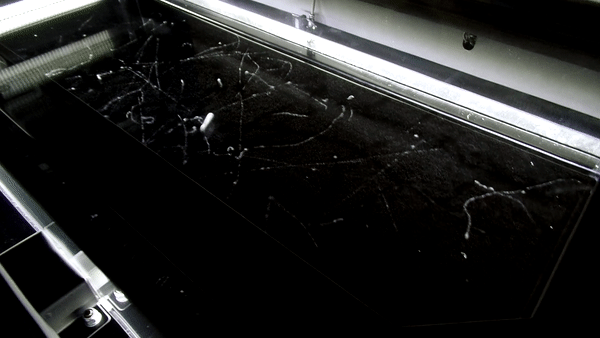
After lunch at an Indian restaurant, Shalimar in Ferney-Voltaire, we went to the CMS (for Compact Muon Solenoid, you can read the articles of @lemouth for more information) where @lemouth and @freyablekman (particle physicist whose presentation here) have given us a course on particle physics, both the theoretical and practical part. Then we went down in the elevator for a little more than a minute (hey, it's me in the middle):
Accompanied by our great Hungarian guide, I think :
And finally the CMS:
Then, shortly after the end of the visit, I had to leave (being expected elsewhere). I brought @freyablekman back to CERN and @saunter and @ceybiicien to their hotel. We had to leave a little quickly because @Suesa thought we lost our 2 favorite hitchhikers ^^
Anyway, it was a great day and I hope that I could participate in the next one and stay longer this time. Thank you all for this day! :)
DIY particle detector:
And that's the reason why it took me so long to publish my article (after the first two deliveries of isopropanol went wrong I finally got some \o/). During the visit of the second exhibition (Microcosm) we discovered a very nice device called Cloud Chamber which allows seeing the passage of certain particles:

Basically, the principle of a cloud chamber is to make it possible to visualize the passage of particles such as electrons, protons, muons or alphas thanks to the alcohol vapors contained in the chamber which will ionize when passing through one of these particles (in a different way each time, see the internet pages quoted)
Once back from the meetup I asked myself how to make one. There are few ingredients: a clear container, dry ice, and isopropanol. But since dry ice is not easy to obtain in France, I tried different techniques with more or less success. To make my own cloud chamber, I started by searching for a protocol on various sites, including CERN,Symmetry Magazine andScience Friday.
As indicated on the various sites, isopropanol is highly flammable and toxic if ingested (or in contact with eyes) and dry ice can cause burns if in contact with skin (wear gloves and goggles).
The main ingredient is isopropanol at more than 90% (located in some pharmacies as well as on the internet), you will also need a way to cool the bottom of your container (most of them use dry ice, but I haven't found anyone who sells it to individuals near me in France).
So I tried different ways to create a temperature difference and here's how NOT to make a cloud chamber:
- Ice cubes do not create a sufficiently high-temperature difference (the dry ice used in the examples has a temperature of -80°C)
- Even with boiling water, the vapors are not visible. This may be due to the low thermal conductivity of plastic compared to glass from other experiments (glass has a thermal conductivity of 1.2~1.4 W-m^-1-K^-1 and the plastic I use, PP, is 0.1~0.22 W-m^-1-K^-1), it would be best to use a metal container.
Last try:
I tried one last method, the simplest I could find so far, using a bottle of compressed air (used to clean ventilation or computer keyboards) that can be seen in this video, a first time without success (again...) and it is because I wanted to try this technique one last time that this article did not appear yesterday. So I tested it one last time with a brand new bottle and after a few tests, it worked (finally)!
Unfortunately, I did not manage to capture the passage of a particle (the focus of my camera was either on the film or on the sponges or the white balance was incorrectly adjusted) before emptying the bottle.
The protocol described in the video above is therefore as follows:
- Take a small container (conducting heat preferably well)
- Put pieces of sponges in the bottom and soak them in isopropyl alcohol.
- Close it with a stretch film and elastic band.
- Take the compressed air cylinder upside down and spray the bottom of the container from the outside.
- Take a lamp to illuminate the interior (a bicycle light, for example) and observe the alcohol vapors.
So I've waited all this time to publish this article and I don't even have any pictures to present to you, but that's also the scientific method, to learn from what doesn't work. And I don't give up on the idea of making a more efficient cloud chamber (I ordered some Peltiers to reproduce what is shown in this video, but the delivery can take up to 2 months so I'll talk about it later if it works but I didn't want to wait any longer to publish this article ^^).
And that's how my article about the meetup ends. Thanks again to @lemouth for organizing this wonderful meeting and I hope we can do it again soon:)
I'll see you next week for new articles!
PS: All photos without sources are the ones I took during the meetup.
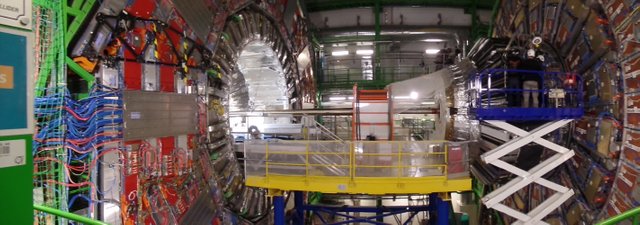
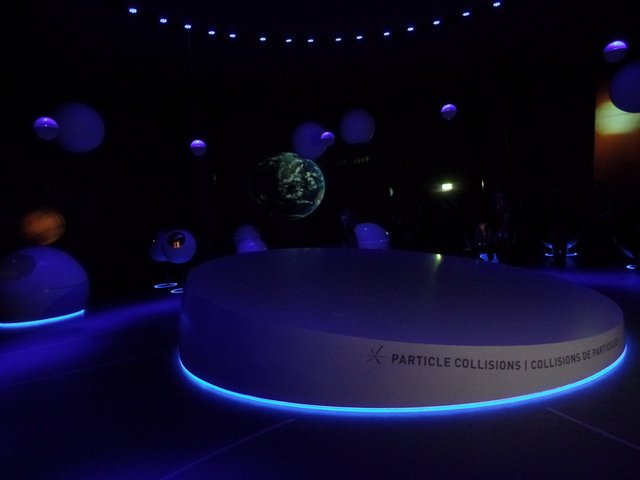
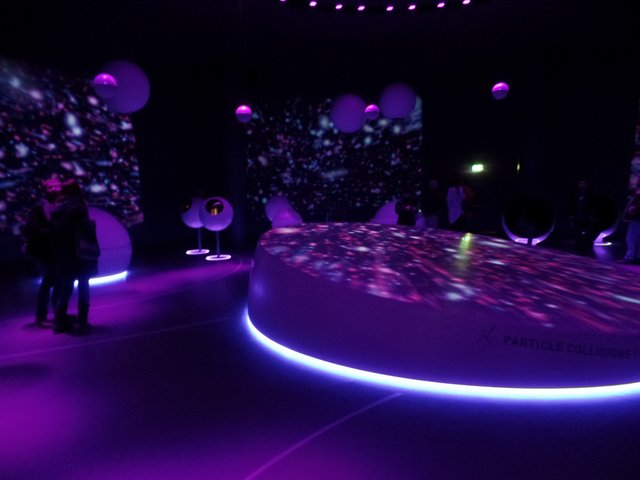
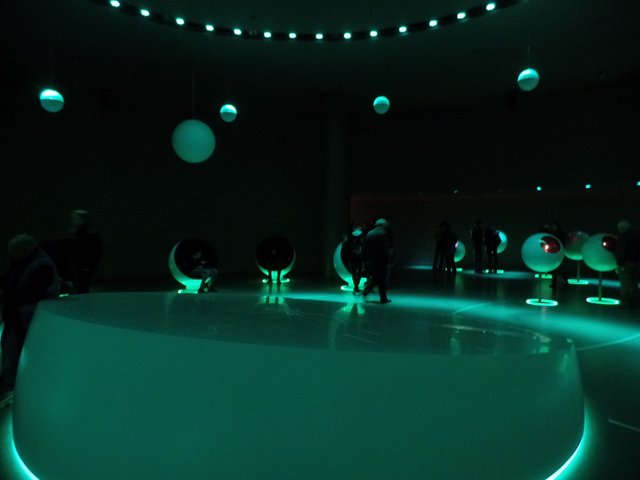
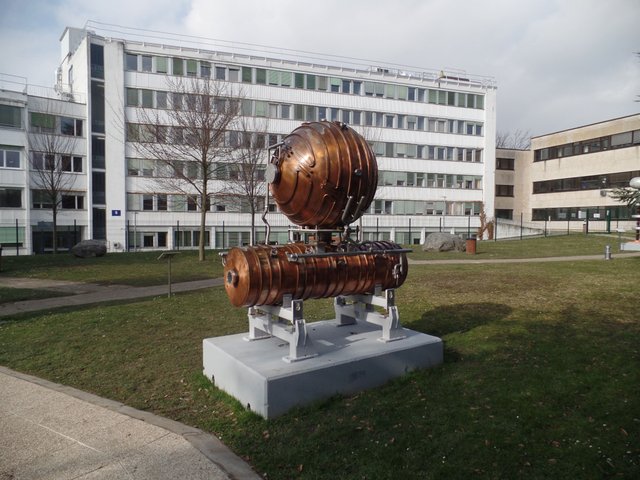
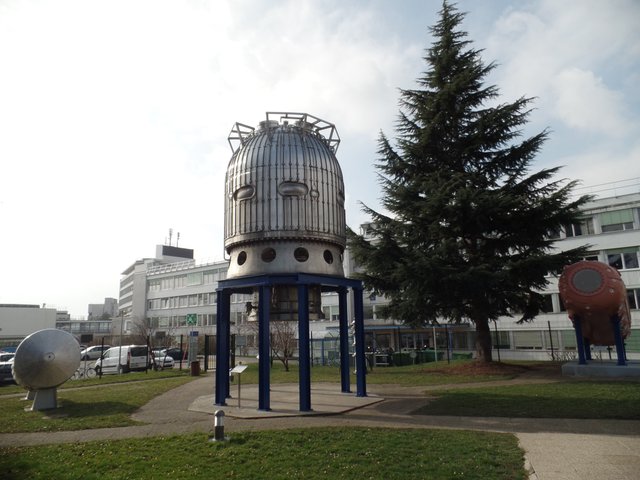
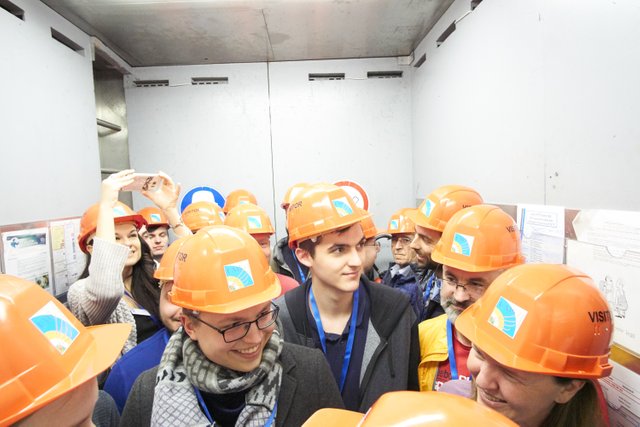
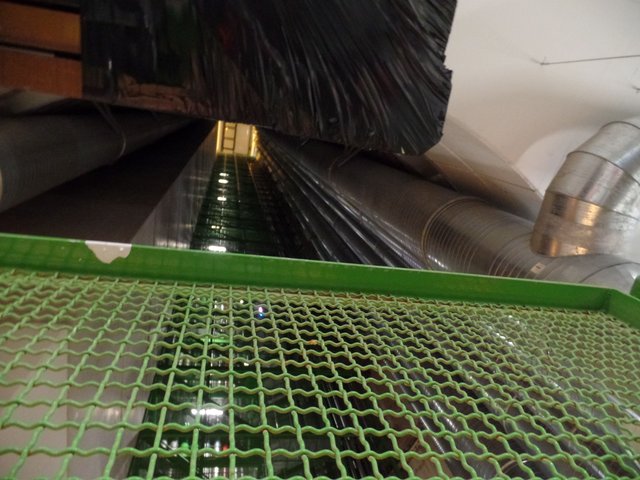
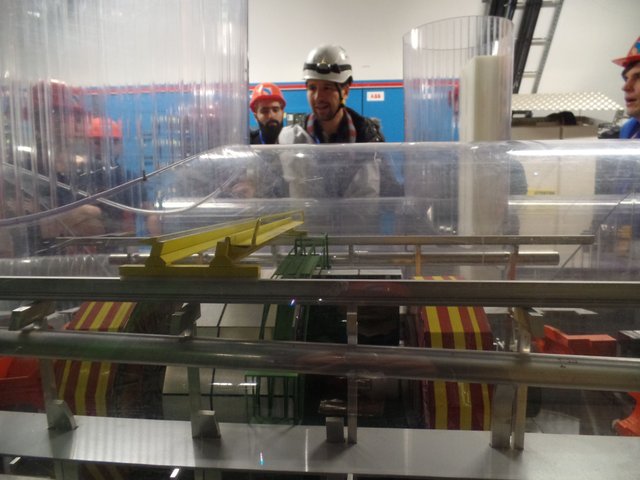
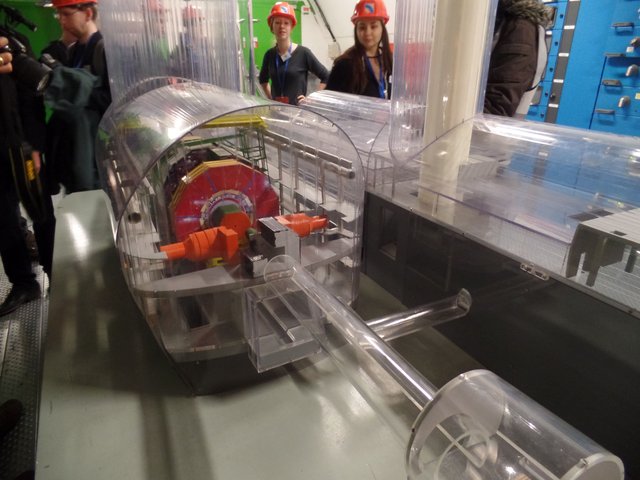
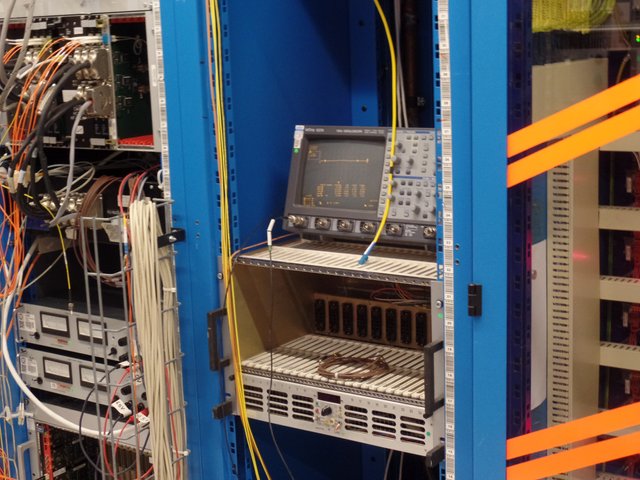
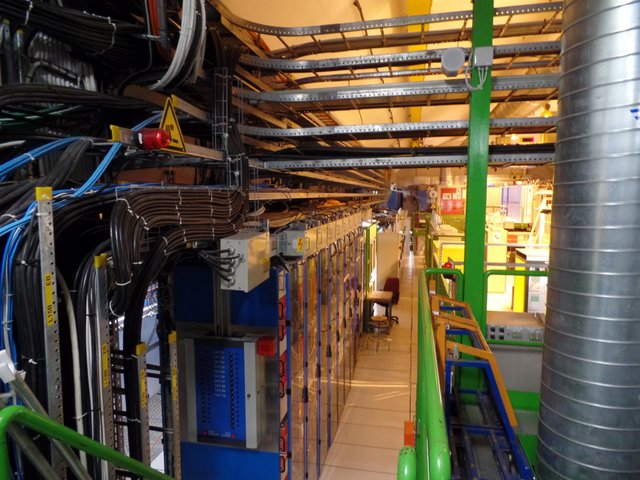
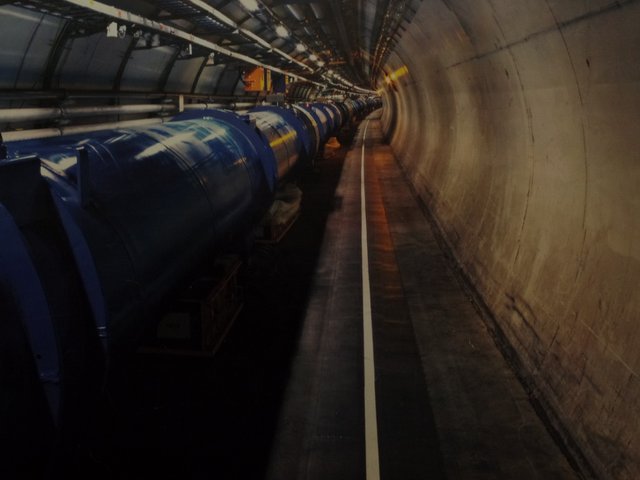
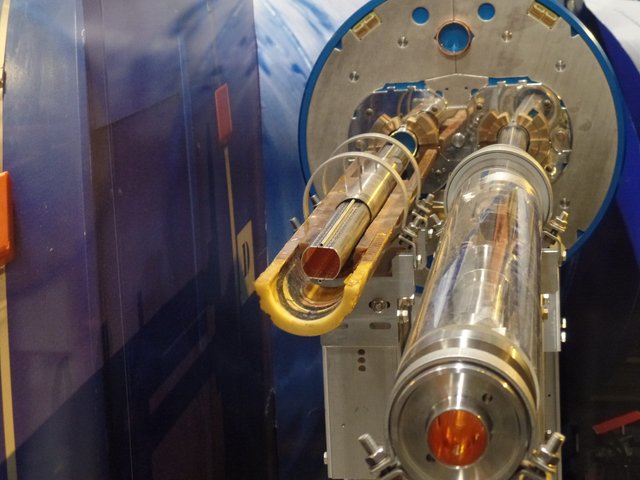
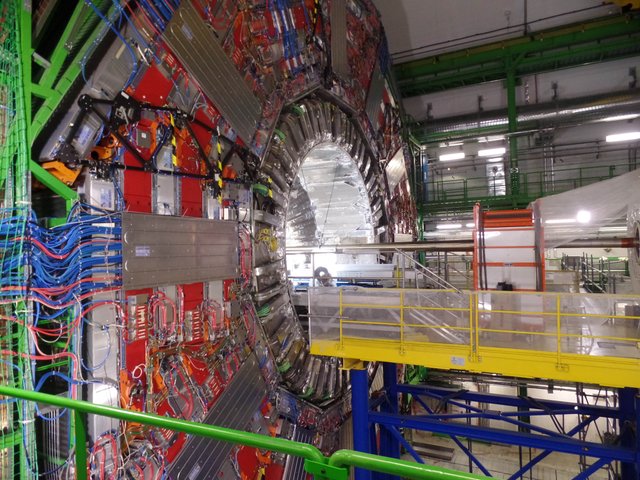
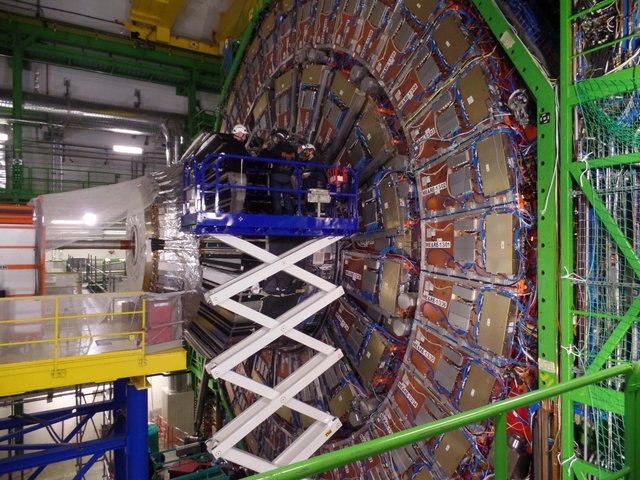
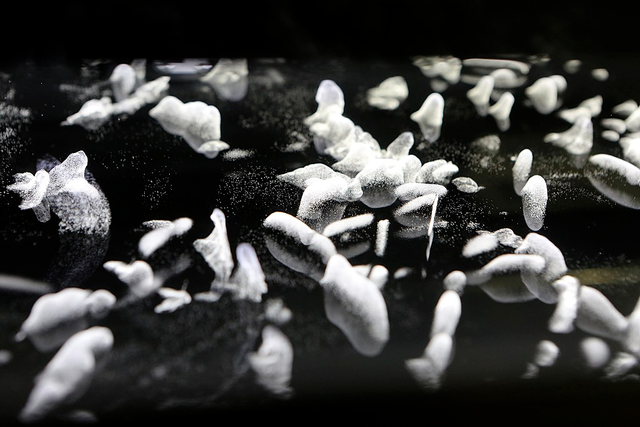
i read through @fredrikaa post and got the data dump but you have great pictures as well. Thanks for the share
Wow! You tried really hard to make you own bubble chamber :)
All by your effort you make everything become a reality sir
It was my pleasure :)
Yes ^^ it's more difficult than it's seems without dry ice...
interresting :) ,than you